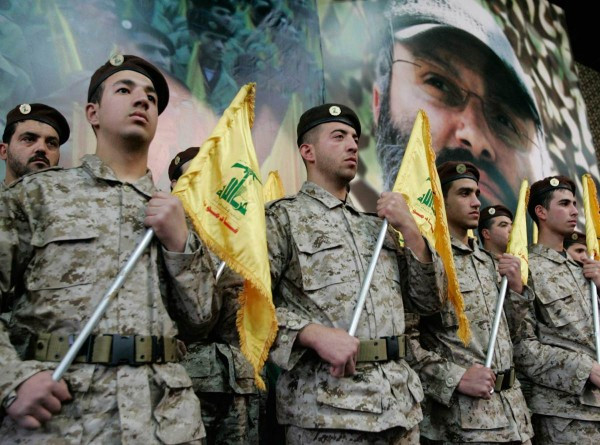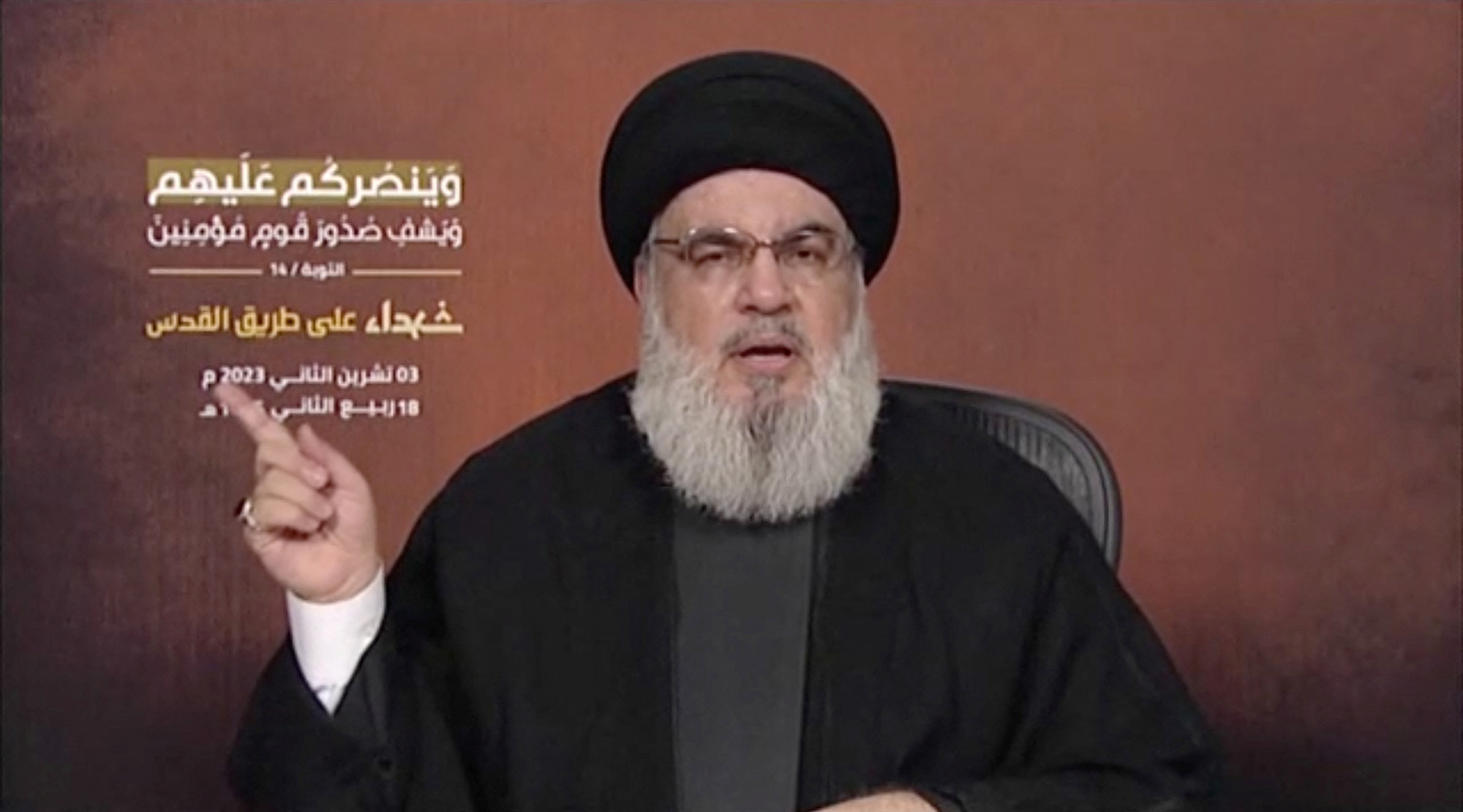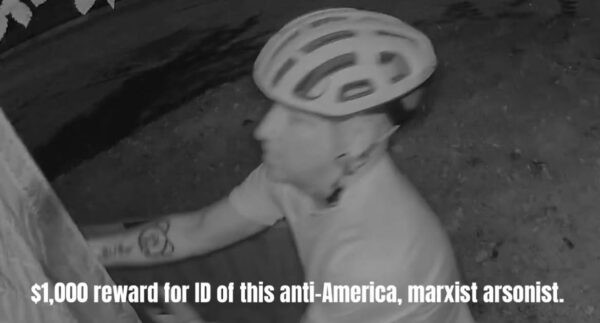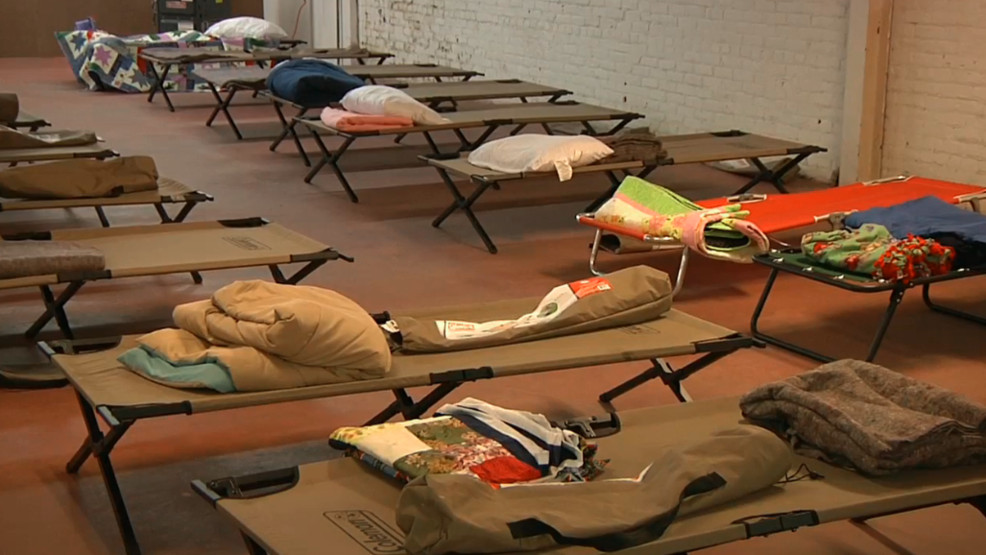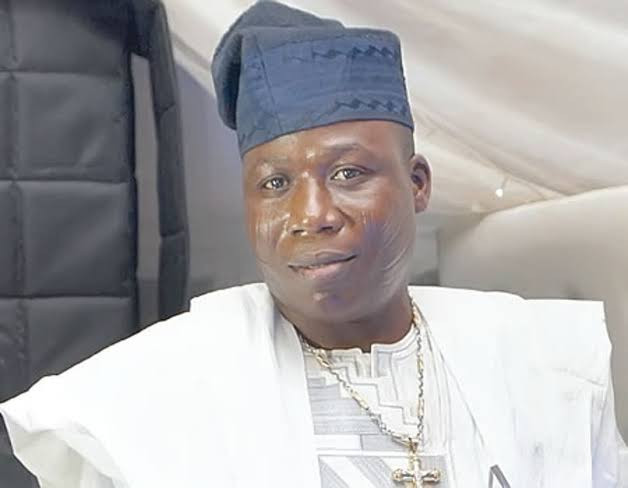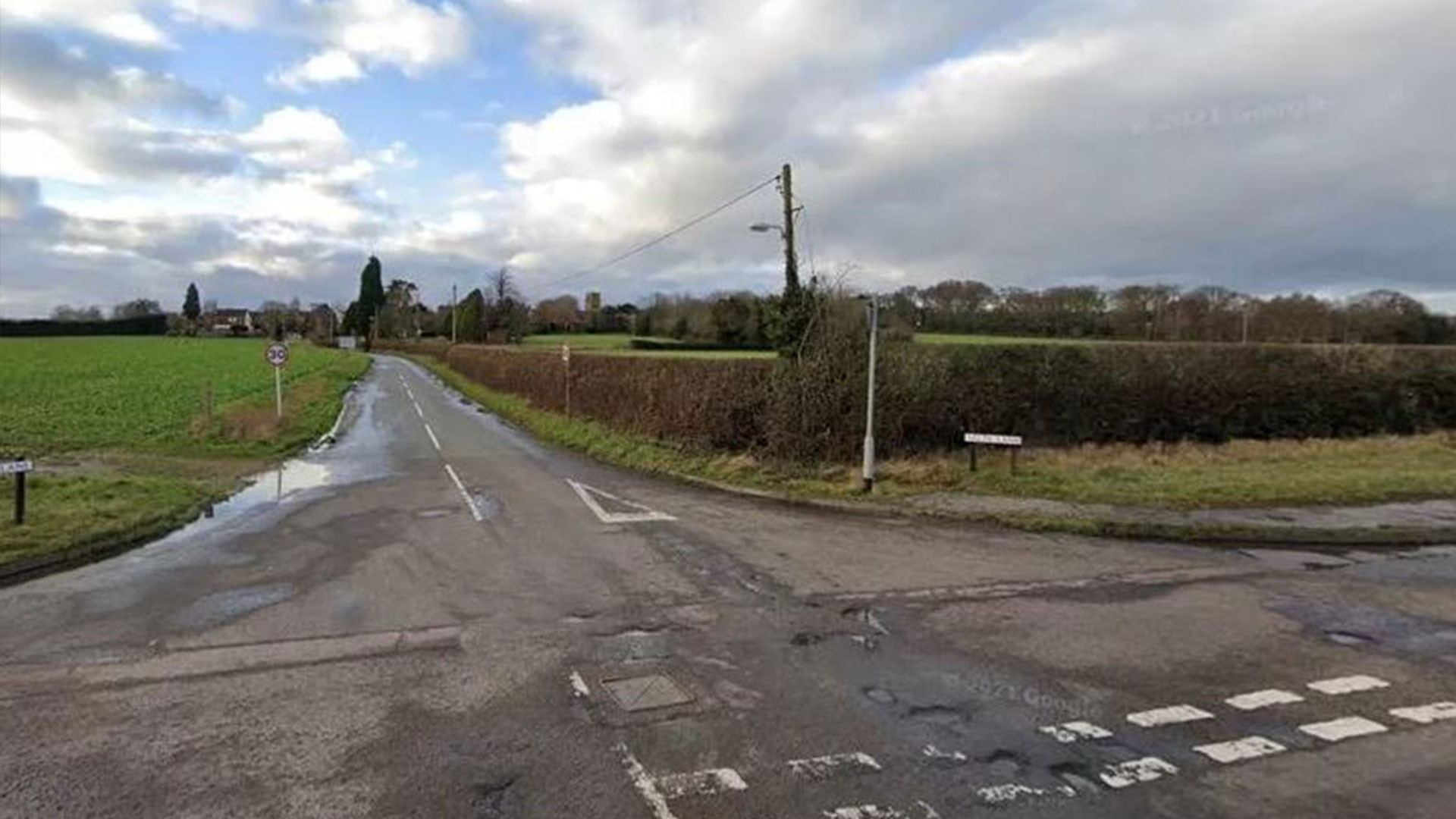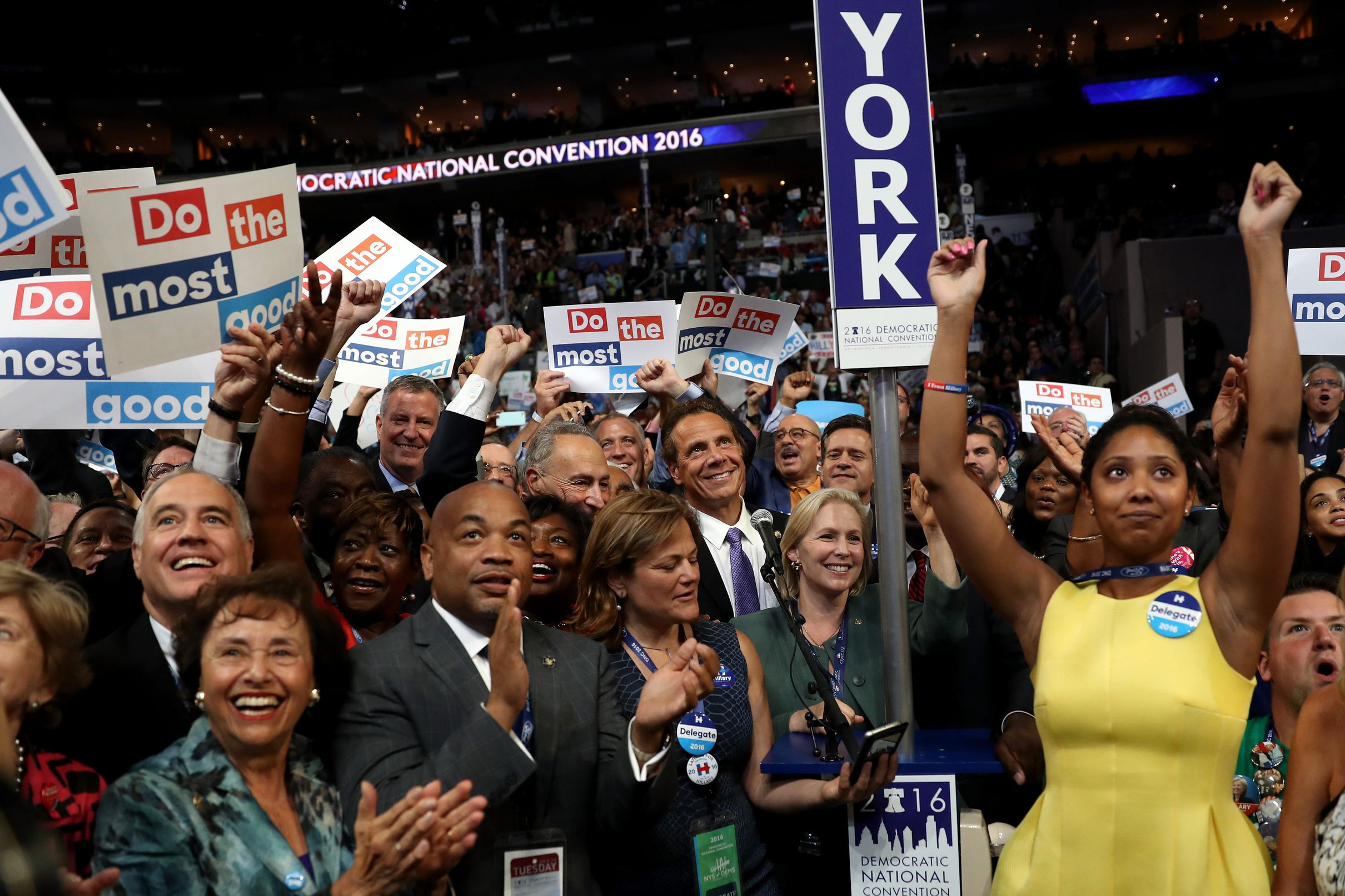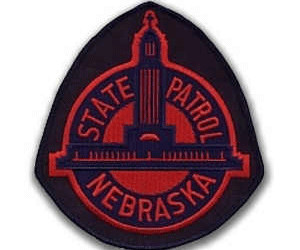As smoke rises over the Beirut skyline, one big question remains so far unanswered: where is Hezbollah's leader, Hassan Nasrallah?
The Israel Defense Forces (IDF) said it had bombed several residential buildings in Beirut's south, claiming the militant group's "central headquarters" were embedded underneath. These were Israel's largest strikes on Beirut in nearly two decades. Multiple media outlets in the Middle East claimed the target of the strike was Nasrallah, and the group has not said anything about the fate of its leader. At least six people were killed and 76 were wounded, according to Lebanon's health ministry, but Nasrallah's condition remains unclear.
The extensive damage recalls scenes from the 2006 war between Israel and Hezbollah, which left an estimated 1,191 Lebanese people dead, as well as 43 Israeli civilians, and about 120 IDF soldiers. It also recalls Israel's "Dahiya Doctrine", a longstanding military strategy of responding to attacks with disproportionate force and mass destruction.
Hezbollah and Israel have been trading fire since the Israel-Gaza war erupted after the Hamas-led attacks of October 7 last year. Hezbollah has denied that any weapons or arms depots were located in buildings
With the intensive bombings, Hezbollah has suffered unprecedented losses of both its leadership and munitions. That was after the pager and walkie-talkie attacks earlier this month killed dozens and maimed thousands of its members. While Israel's alleged involvement in the pager and hand-held radio attacks in Lebanon may never be confirmed, the country's security and intelligence agencies have been linked to a string of assassination plots over the years.
Hezbollah's response to these strikes will depend on Nasrallah's condition and how much of the group's weapons and fighters remain. In the long term, it's important to note that Israel assassinated the previous leaders of both Hamas — in 2004 — and Hezbollah — in 1992. In each case, the groups recovered and grew in strength.
The Rise of Hezbollah
Sheikh Hassan Nasrallah, the leader of Lebanon's militant Shia Islamist Hezbollah movement, is one of the best known and most influential figures in the Middle East. Nasrallah - who was reportedly the target of Friday's air strike on Beirut - has not been seen in public for years because of fears of being assassinated by Israel. A shadowy figure with close personal links to Iran, he played a key role in turning Hezbollah into the political and military force it is today - and remains revered by the group's supporters.
Under Nasrallah's leadership, Hezbollah has helped train fighters from the Palestinian armed group Hamas, as well as militias in Iraq and Yemen, and obtained missiles and rockets from Iran for use against Israel. He steered Hezbollah's evolution from a militia founded to fight Israeli troops occupying Lebanon into a military force stronger than the Lebanese army, a powerbroker in Lebanese politics, a major provider of health, education and social services, and a key part of its backer Iran's drive for regional supremacy.
Nasrallah's Early Life and Rise to Power
Born in 1960, Hassan Nasrallah grew up in Beirut's eastern Bourj Hammoud neighbourhood, where his father Abdul Karim ran a small greengrocers. He was the eldest of nine children. He joined the Amal movement, then a Shia militia, after Lebanon descended into civil war in 1975. After a short spell in the Iraqi holy city of Najaf to attend a Shia seminary he rejoined Amal in Lebanon before he and others split from the group in 1982, shortly after Israel invaded Lebanon in response to attacks by Palestinian militants. The new group, Islamic Amal, received considerable military and organisational support from Iran's Revolutionary Guards based in the Bekaa Valley, and emerged as the most prominent and effective of the Shia militias that would later form Hezbollah.
In 1985, Hezbollah officially announced its establishment by publishing an "open letter" that identified the US and the Soviet Union as Islam's principal enemies and called for the "obliteration" of Israel, which it said was occupying Muslim lands. Nasrallah worked his way up through Hezbollah's ranks as the organisation grew. He said that after serving as a fighter he became its director in Baalbek, then the whole Bekaa region, followed by Beirut. He became leader of Hezbollah in 1992 at the age of 32, after his predecessor Abbas al-Musawi was assassinated in an Israeli helicopter strike.
One of his first actions was to retaliate to the killing of Musawi. He ordered rocket attacks into northern Israel that killed a girl, an Israeli security officer at the Israeli embassy in Turkey was killed by a car bomb and a suicide bomber struck the Israeli embassy in Buenos Aires, Argentina, killing 29 people. Nasrallah also managed a low-intensity war with Israeli forces that ended with their withdrawal from southern Lebanon in 2000, though he suffered a personal loss when his eldest son Hadi was killed in a firefight with Israeli troops.
Hezbollah's Evolution and the 2006 War
Following the withdrawal Nasrallah proclaimed that Hezbollah had achieved the first Arab victory against Israel. He also vowed that Hezbollah would not disarm, saying that it considered that "all Lebanese territory must be restored", including the Shebaa Farms area. There was relative calm until 2006, when Hezbollah militants launched a cross-border attack in which eight Israeli soldiers were killed and two others kidnapped, triggering a massive Israeli response. Israeli warplanes bombed Hezbollah strongholds in the South and in Beirut's southern suburbs, while Hezbollah fired about 4,000 rockets at Israel. More than 1,125 Lebanese, most of them civilians, died during the 34-day conflict, as well as 119 Israeli soldiers and 45 civilians. Nasrallah's home and offices were targeted by Israel warplanes, but he survived unscathed.
Nasrallah's Leadership in the 21st Century
In 2009, Nasrallah issued a new political manifesto that sought to highlight Hezbollah's "political vision". It dropped the reference to an Islamic republic found in the 1985 document, but maintained a tough line against Israel and the US and reiterated that Hezbollah needed to keep its weapons despite a UN resolution banning them in southern Lebanon. "People evolve. The whole world changed over the past 24 years. Lebanon changed. The world order changed," Nasrallah said. Four years later, Nasrallah declared that Hezbollah was entering "a completely new phase" of its existence by sending of fighters into Syria to help its Iran-backed ally, President Bashar al-Assad, put down a rebellion. "It is our battle, and we are up to it," he said.
Lebanese Sunni leaders accused Hezbollah of dragging the country into Syria's war and sectarian tensions worsened dramatically. In 2019, a deep economic crisis in Lebanon triggered mass protests against a political elite long accused of corruption, waste, mismanagement and negligence. Nasrallah initially expressed sympathy with the calls for reforms, but his attitude changed as the protesters began demanding for a complete overhaul of the political system.
The Current Conflict: Escalation and Uncertainty
On 8 October 2023 - the day after the unprecedented attack on Israel by Hamas gunmen that triggered the war in Gaza - previously sporadic fighting between Hezbollah and Israel escalated. Hezbollah fired at Israeli positions, in solidarity with the Palestinians. In a speech in November, Nasrallah said the Hamas attack had been "100 percent Palestinian in terms of both decision and execution" but that the firing between his group and Israel was "very important and significant". The group launched more than 8,000 rockets at northern Israel and the Israeli-occupied Golan Heights. It also fired anti-tank missiles at armoured vehicles and attacked military targets with explosive drones. The Israel Defense Forces (IDF) retaliated with air strikes and tank and artillery fire against Hezbollah positions in Lebanon.
In his most recent speech, Nasrallah blamed Israel for detonating thousands of pagers and radio handsets used by Hezbollah members, which killed 39 people and wounded thousands more, and said it had "crossed all red lines". He acknowledged the group had suffered an "unprecedented blow". Shortly afterwards Israel dramatically escalated attacks on Hezbollah, launching waves of bombing that killed nearly 800 people. Diplomats were hoping to calm matters - they will be looking at events with dismay.
The Aftermath: A New Chapter in the Conflict
Israel has launched its heaviest air attack on Beirut in almost a year of conflict with the Lebanese militant group Hezbollah, levelling a number of buildings in a southern suburb in an apparent attempt to kill Hezbollah’s leader and a key ally of Iran, Hassan Nasrallah. Six loud explosions were heard across the Lebanese capital late on Friday afternoon, and vast plumes of smoke were visible from as far as Batroun, a city an hour’s drive away. Several apartment blocks in the predominantly Shia neighbourhood of Haret Hreik were reduced to rubble, and footage from the scene showed huge slabs of concrete topped by piles of twisted metal and wreckage. Several craters were visible, into one of which a car had fallen.
The Lebanese health ministry said six people had died and 91 were injured, while some early estimates put the number of dead at 300. More casualties are expected as rescue workers clear rubble. Video of the strikes suggested they were carried out with ground-penetrating munitions known as bunker busters. In some footage, a vertical jet of flame was visible as a bomb appeared to explode beneath the ground. Israeli media reported that Nasrallah was the principle target and that the military was checking whether he had been hit. Other media outlets quoted Hezbollah sources saying he was “alive and well”.
The strikes came shortly after the Israeli prime minister, Benjamin Netanyahu, told the UN general assembly in a bellicose speech marked by the walkout of dozens of diplomats that Israel’s campaign against Hezbollah would continue despite international efforts to secure a three-week ceasefire. The Iranian president, Masoud Pezeshkian, condemned the attack as a “flagrant war crime.” “The attacks perpetrated … by the Zionist regime in the Dahiya neighbourhood of Beirut constitute a flagrant war crime that has revealed once again the nature of this regime’s state terrorism,” he said in a statement carried by the official Irna news agency.
Targeting Nasrallah – even if he was not harmed – would mark a staggering escalation on the Israeli side. He represents Iran’s most important regional asset and has long been seen as linchpin in the so-called axis of resistance. The presence of Hezbollah’s large rocket arsenal on Israel’s northern border has long acted as a deterrent to an Israeli attack on Iran and its nuclear programme. The Israel Defense Forces (IDF) spokesperson, R Adm Daniel Hagari, said the strikes had hit the main Hezbollah headquarters, which he said was underground beneath residential buildings. Hagari said the IDF was still assessing the result of the attack, which he described as “very precise”, and warned that Israel would attack other Hezbollah targets in the coming hours. Israel’s Arabic-language military spokesperson Avichay Adraee posted a map showing three buildings in Dahiya in south Beirut and warned nearby residents to evacuate.
Shortly after midnight, fresh explosions were heard and smoke rose over the city as Israel said it was attacking the three sites. Hezbollah issued a statement denying there had been weapons in the civilian buildings targeted. Further Israeli strikes on the southern suburbs of Beirut were reported before 4am, after a similar warning from Adraee. Early on Saturday the IDF also claimed to have killed Muhammad Ali Ismail, the commander of Hezbollah’s missile unit in southern Lebanon, and his deputy, Hossein Ahmed Ismail. The claims could not be independently verified.
As night fell in Jerusalem, Netanyahu’s office said he had personally approved the strike allegedly targeting Nasrallah, issuing a photograph of Netanyahu with his military secretary and chief of staff on the phone in his New York hotel. His office also announced that he had cut short his US visit and would return immediately to Israel. Late on Friday night, Hezbollah launched fresh rocket salvoes against the north Israeli cities of Safed, Karmiel and Sa’ar, which it said were carried out “in response to Israeli attacks on cities, villages and civilians”.
Underlining the significance of the strike, Israeli media reported that the operation was watched as it unfolded by the defence minister, Yoav Gallant, in the command centre of the Israeli air forcein Tel Aviv, along with the Israeli chief of staff, Herzi Halevi, and other top commanders. Although some Israeli media suggested that the US had been informed minutes before the attack, that was emphatically denied by US president Joe Biden who told reporters the US “no knowledge of or participation” in the strike. The explosions were so powerful that they rattled windows and shook houses in settlements 18 miles north of Beirut. Nearby witnesses quoted by the Lebanese daily L’Orient-Le Jour described seeing substantial fissures open in the ground. Ambulances were seen heading to the scene of the explosions, sirens wailing.
Not long before the attack, thousands of people had gathered in Dahiya for the funeral of three Hezbollah members, including a senior commander, killed in earlier strikes. Lebanon’s prime minister, Najib Mikati, who is also in New York, was following developments as information arrived, according to a statement from his office. The statement said Mikati was in touch with the commander of the Lebanese armed forces, Joseph Aoun, and had ordered “the full mobilisation” of emergency resources after reports of a large number of victims. “This new aggression demonstrates that the Israeli enemy is mocking all the international appeals in favour of a ceasefire from the international community,” Mikati said.
The Wider Context: A Year of Conflict and Escalation
A year of conflict between Israel and Hezbollah has escalated sharply this week, raising fears of an even more destructive conflict. More than 90,000 people have been reported as newly displaced in Lebanon this week, according to the UN, adding to more than 111,000 already uprooted by the conflict. Hezbollah began firing at Israel on 8 October last year as the Gaza war began, declaring solidarity with the Palestinians. Hezbollah has said it will cease fire only when Israel’s Gaza offensive ends. On Friday, the Moody’s credit rating agency downgraded Israel’s credit rating to “Baa1” and maintained its rating outlook at “negative” amid the escalation of the conflict.
Conclusion: A Tense Standoff With Unclear Outcomes
The attack on Beirut represents a major escalation in the conflict between Israel and Hezbollah, with the potential to further destabilize the region. While the immediate aftermath is unclear, the situation remains highly volatile, with both sides vowing to continue their fight. The global community, with its calls for a ceasefire, faces a daunting task in trying to de-escalate the situation and prevent a wider regional conflict.




